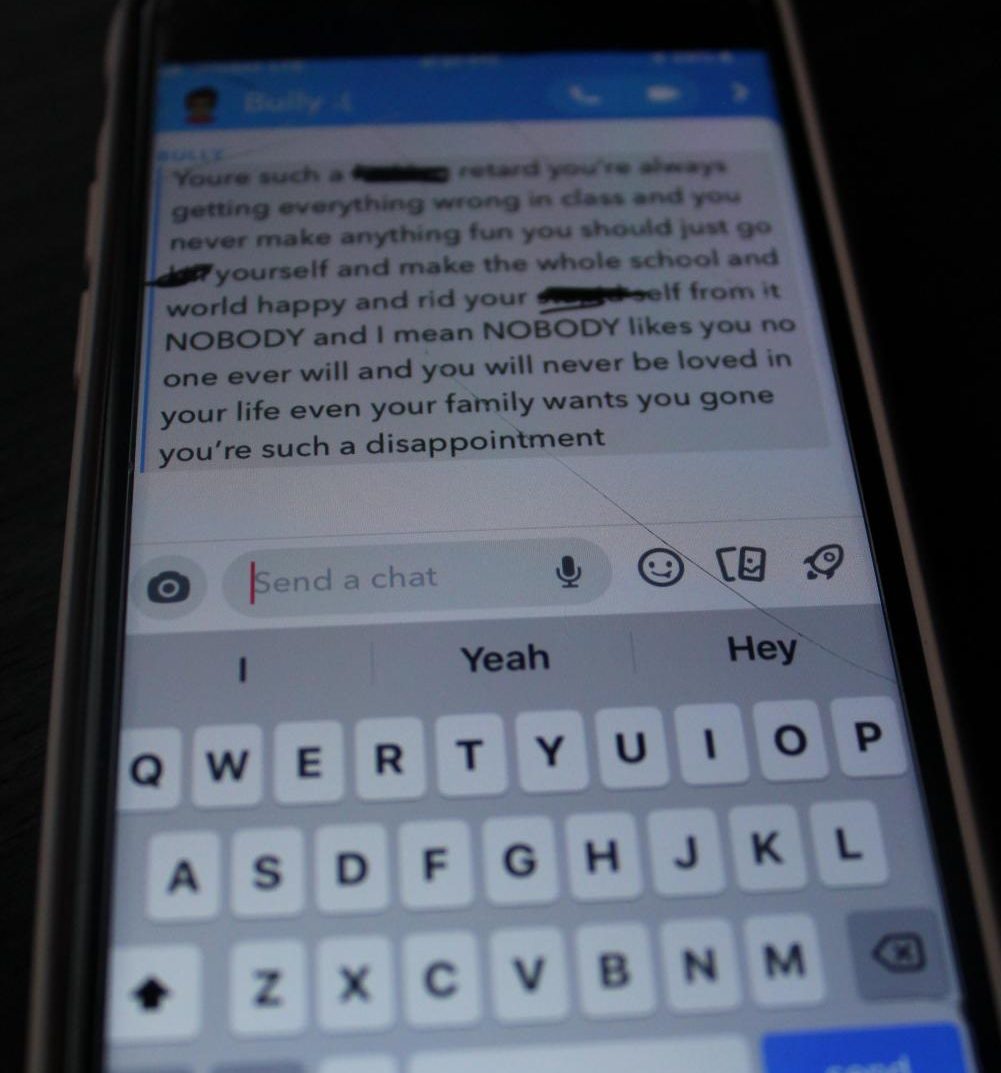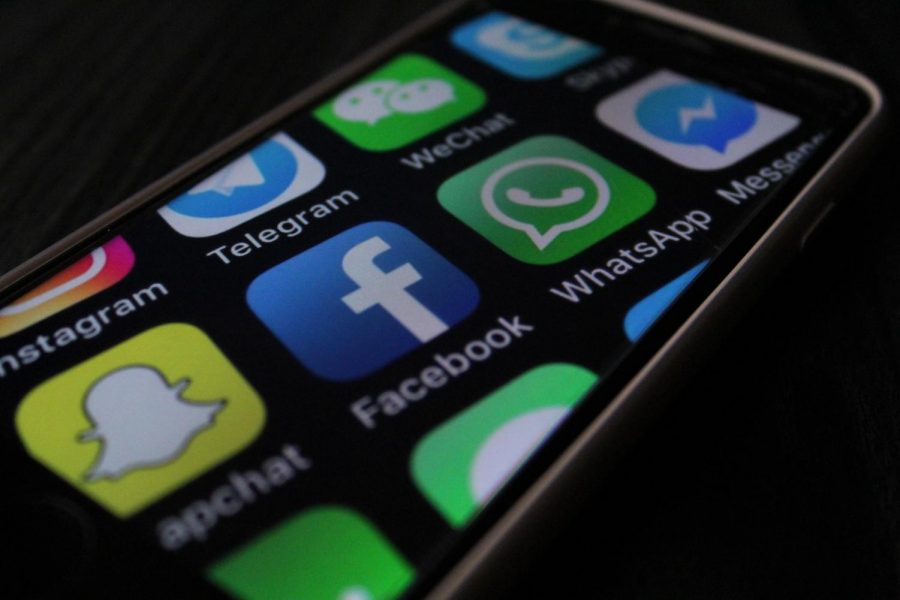Bullying Isn’t Dead
Kids born within Generation Z are characterized as technology addicted.
Lake Ridge is a part of the new generation. New phones, new laptops, and new bullying. Students nowadays are being bullied in ways that aren’t clear firsthand. It’s one thing to be bullied at school, but a completely different thing when the bully can hide behind the anonymity of the internet.
Obehi Omaghe, junior, feels as tho people on the internet use being bullied as a way to claim superiority over everyone else. This, in turn, affects the way that bullying is taken care of and be addressed.
“Nowadays, it’s just seen as cool or increases your social status. Personally, I don’t think that’s the right attitude to approach it with, because the more people do that, the more other people follow. Then the people that actually have these problems will be too scared to come out about it and ask for help,” said Omaghe.

Because bullying has evolved so much, Omaghe finds it hard to identify bullying easily. She feels like it’s hard to look out for. Omaghe feels as though there is no real way to identify bullying and that addressing the problem is something avoided by many victims of bullying. She believes it even has the potential to get worse, yet it is not the stereotypical “movie bullying” that troubles students.
“People that are actually bullied won’t actually say anything. It would start a chain reaction; let’s say I go to the counselor and tell them this person is bullying me. If that person that was bullying me finds out I did that, then it just makes the whole problem even worse. We need to do a better job of explaining to people what it really is, because the definitions they give us are very vague and don’t really apply to our generation. We don’t slam people into their lockers and ask for their lunch money. It’s more on technology because social media makes it really easy to become a victim,” states Omaghe.
Angelique Mauldin, junior, has a better understanding of what she considers to be bullying. She sees it in real life as well as online, online being the more popular platform for bullying. Mauldin thinks of the people who act not bothered and don’t say anything are still victims.
“If there is a group of people constantly making fun of them, even if the person acts like it’s not bothering then, it’s bullying. They probably do feel bad about it on the inside. Cyberbullying exists, but if you realize that people are just saying nasty stuff on social media it’s best to just leave. You can’t control what people do on their computers at home,” says Mauldin.
Leigh Smith, history teacher, has worked at Lake Ridge since it opened, and feels as though she doesn’t see much bullying at Lake Ridge. Unlike Mauldin, she has more specific archetype for what true bullying is, and rarely sees it herself.
“Up until this year, I have not seen a lot of what I consider true bullying. I see a lot of kids poke fun and banter, but this year I did see a true case of bullying and that truly saddened me. True bullying is when it keeps going on and on. By law, the true definition of harassment is that you have to tell the person to stop. I think that’s probably the issue here is that people do feel like they’re being bullied and they don’t tell the person that,” said Smith
Smith realizes that a lot of bullying that occurs present-day on social media is difficult for teachers to see. Teenagers spend so much time on social media and it is where everyone is more anonymous and away from many teachers’ line of sight.
“With teenagers, a lot of it is through social media, and telling people that they should do things that are illegal or harmful to themselves through the internet. I think that is true bullying as well. We have to be really careful when accusing someone of bullying because it’s a serious charge,” Smith said.
Bullying is serious, even if we can’t see it right in front of us. This new generation makes it easy to hurt others through technology. Even if you never see the bully throw a kid against a locker and ask for lunch money, don’t misunderstand. Bullying isn’t dead.

